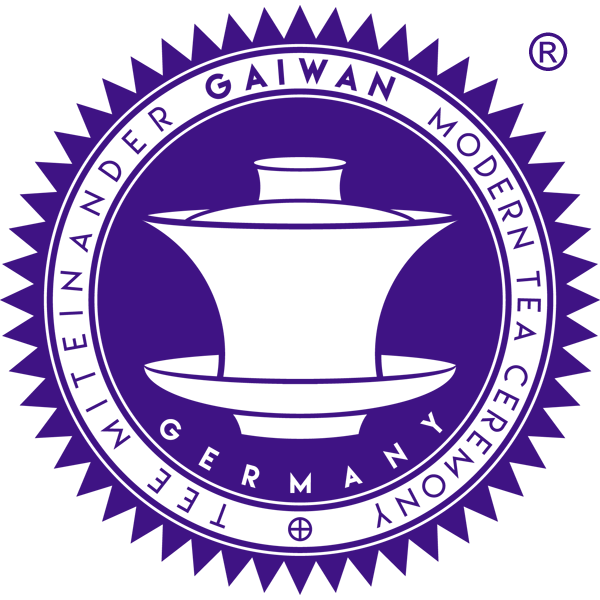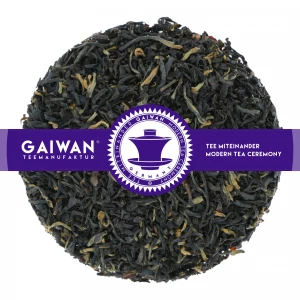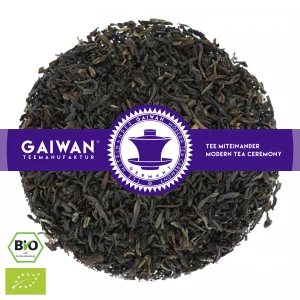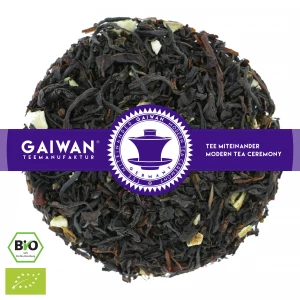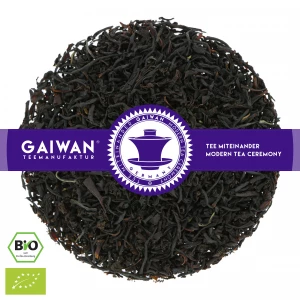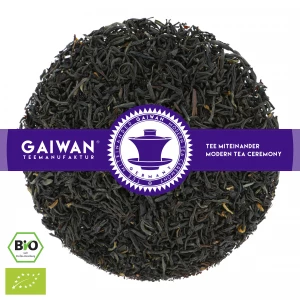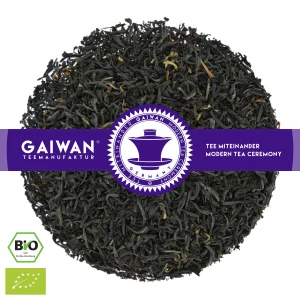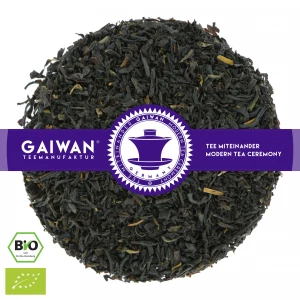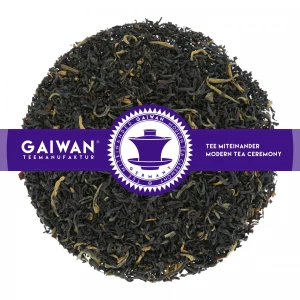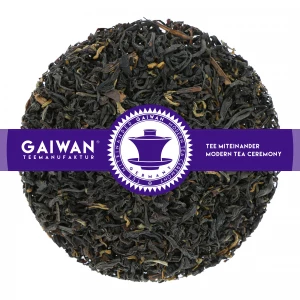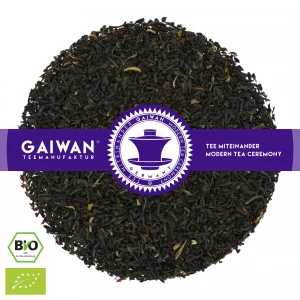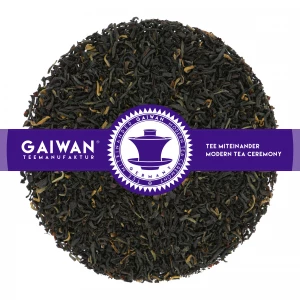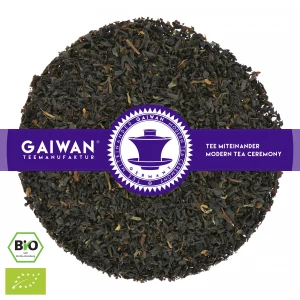Black Tea from Assam
Anyone who enjoys black tea will inevitably come across the name Assam. Assam is not the name of the tea itself, but refers to the region of origin. The state of Assam is located in the north-east of India, directly between the neighbouring states of Arunachal Pradesh, Nagaland, Manipur, Mizoram, Tripura, Meghalaya and West Bengal. It is about the size of the Czech Republic and is crossed by the Brahmaputra River.
Both the river valley on both sides of the Brahmaputra and the plateaus of the Himalayan mountains offer enough space for the numerous tea gardens. Almost half of India's tea is grown here. Assam also has the largest contiguous tea plantations in the world. Assam tea is mostly black, although a small amount is also sold as green or yellow tea. The tea is extremely strong, tart and often has a malty note like our Assam Malty FTGFOP. It is therefore often used in strong black teas such as East Frisian blends.
Indian tea has the distinction that the tea plant itself is different from the Chinese variety. Camellia Assamica is a genus of tea plant native to India and is known for its larger, rounder leaves and faster growth. It is more robust and easier to care for than Camellia Sinensis. For this reason, and because it is often harvested mechanically, tea from India is usually also cheaper.
We offer several high quality teas from different areas of Assam. Particularly worth mentioning, for example, is the Kopili River Gold Tip (GBOP). This tea from controlled organic cultivation is grown in the river valley of the Kopili River. Especially with black teas, the leaf grade also plays a role among connoisseurs. This is why it is mentioned in the tea title.
The leaf grade is an indicator for the production, appearance and taste of a tea. If you want to gain your own impression, try the Assam Golden GFBOP in direct comparison with the Assam Bukhial SFTGFOP. For the comparison, however, make sure to brew the same amount of tea with the same water temperature and the same brewing time. Preferably, use filtered water to get the best possible taste. Cheers.
